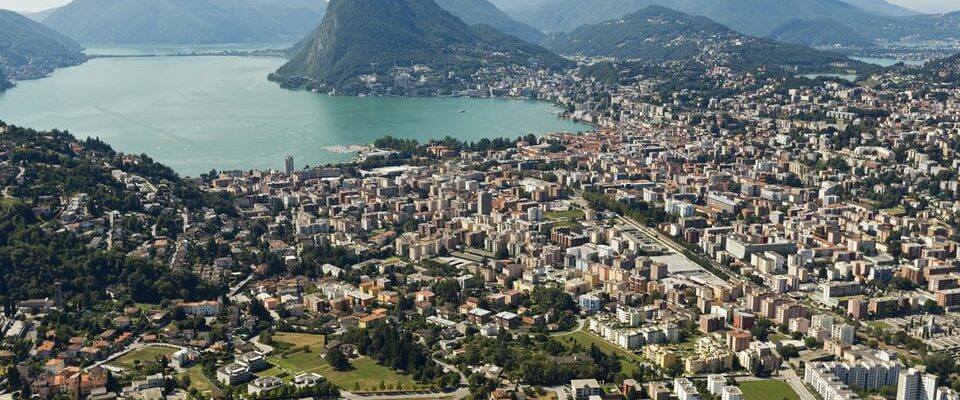Contents
Almost three quarters of the Swiss population lived in agglomerations in 2022. And there are more and more.
“The world is a village.” A statement that supposedly fits small Switzerland well. But for many, village life is only a vague memory. In recent years, many small villages have become small and large cities or agglomerations.
Almost three quarters of the Swiss population lived in one of the 52 agglomerations in 2022. 14 percent of the population lives in rural areas, on 57 percent of the country’s area. This is shown by a new survey by the Federal Statistical Office (BFS).
Three new agglomerations…
Although there are about the same number of people living in agglomerations as in the early 2010s, the number of agglomerations has grown. In the last ten years, three new agglomerations have been added: Burgdorf (BE), Mels-Sargans (SG) and Reinach (AG).
People in Burgdorf are not surprised by this: “We have been working with our surrounding communities for a long time and use shared infrastructure. You can also be in the city within 15 minutes. “We are almost closer to Bern than some of the neighboring communities,” says Mayor Stefan Berger.
…and ten new cities
There was also an increase in cities. New include Küssnacht am Rigi (SZ), Lachen (SZ), Hochdorf (LU), Widnau (SG), Le Mont-sur-Lausanne (VD), Zuchwil (SO), Landquart (GR), Veyrier (GE), Rümlang (ZH) and Rothrist (AG) as cities.
«Rothrist, a city? That’s new to me,” says mayor Ralph Ehrismann, amazed. “We don’t even have 10,000 inhabitants.” Even if Rothrist is now considered a city by definition, it still feels like a village. “We have a lot of neighborhoods with single-family homes, we think very rurally and we know each other.”
Apart from an indoor swimming pool, Rothrist has no cultural infrastructure. “We have many clubs for this, as a village usually has.”
Even if not all cities feel like they are: For the association of cities, the BFS survey shows that cities need to make their voices heard more. “Three quarters of the population live in urban areas, but this receives too little attention in politics. Urban issues need more space in politics,” says President Anders Stokholm.
More awareness of urban challenges is needed.
The association of cities has gained in importance with its work in recent years and has also been able to set topics. But: “There needs to be more awareness of urban challenges such as dense building, population growth, mobility or noise protection.”
Example “Tempo 30”
An example of this is the discussion about 30 km/h speed limits. Cities are campaigning for more 30 km/h speed zones, but are encountering resistance in Bern. The National Council and the Council of States have accepted a proposal from National Councilor Peter Schilliger (FDP/LU) that is intended to make the introduction of the 30 km/h speed limit more difficult.
There are unconventional approaches to give cities more weight, says political scientist Rahel Freiburghaus: “On the one hand, you could Consider a so-called city seat, in which the large cities would be granted a seat in the Council of States.
This would also be possible in terms of real politics: “The cantons that are interested in a city seat could change their cantonal constitution; there is no need to change the federal constitution.”
Another approach would be to give the large cities half a class vote. “The weight of the cities would also be reflected in the federal referendums.”
Legend:
The south of Switzerland is also growing: here the city of Lugano with Lake Lugano and San Salvatore in the background.
KEYSTONE / Alessandro Della Bella
